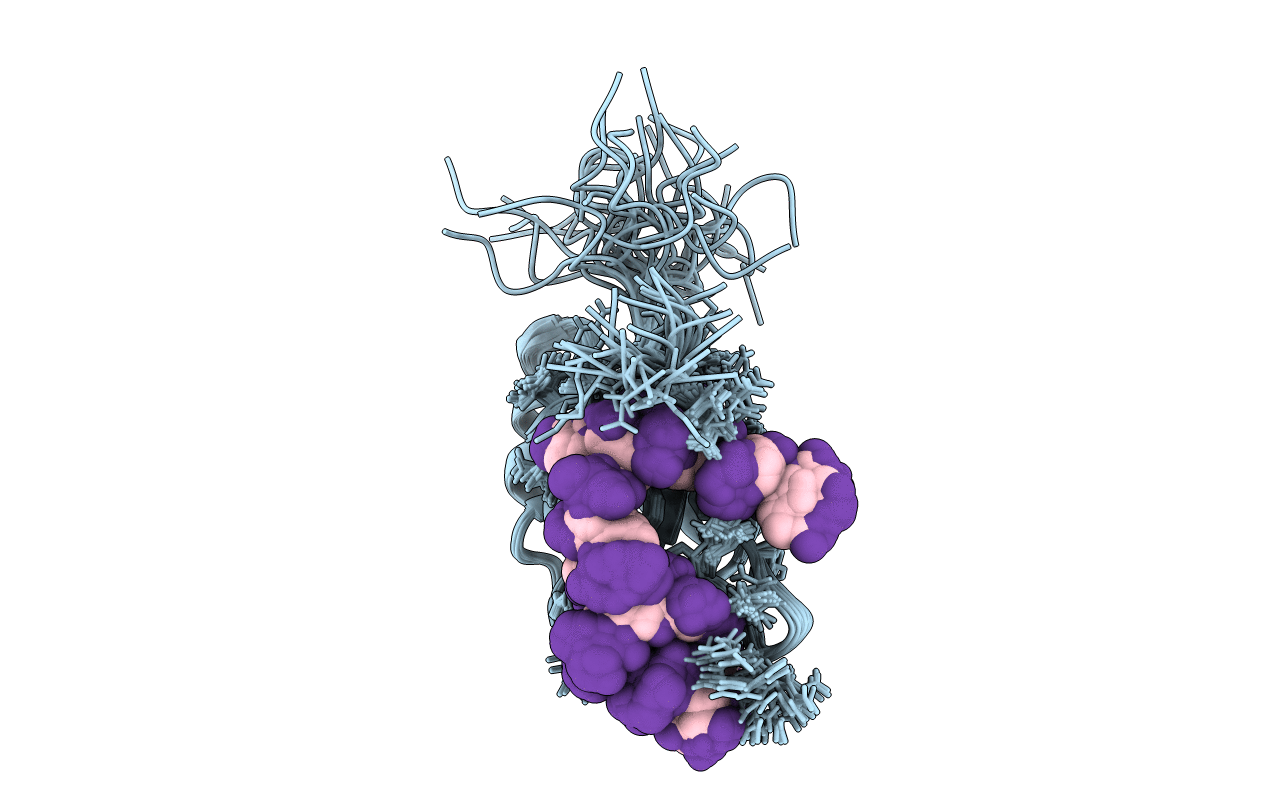
Deposition Date
2005-10-25
Release Date
2006-01-10
Last Version Date
2024-05-22
Entry Detail
PDB ID:
2ERR
Keywords:
Title:
NMR Structure of the RNA Binding Domain of Human Fox-1 in Complex with UGCAUGU
Biological Source:
Source Organism:
Homo sapiens (Taxon ID: 9606)
Host Organism:
Method Details:
Experimental Method:
Conformers Calculated:
30
Conformers Submitted:
30
Selection Criteria:
all calculated structures submitted


